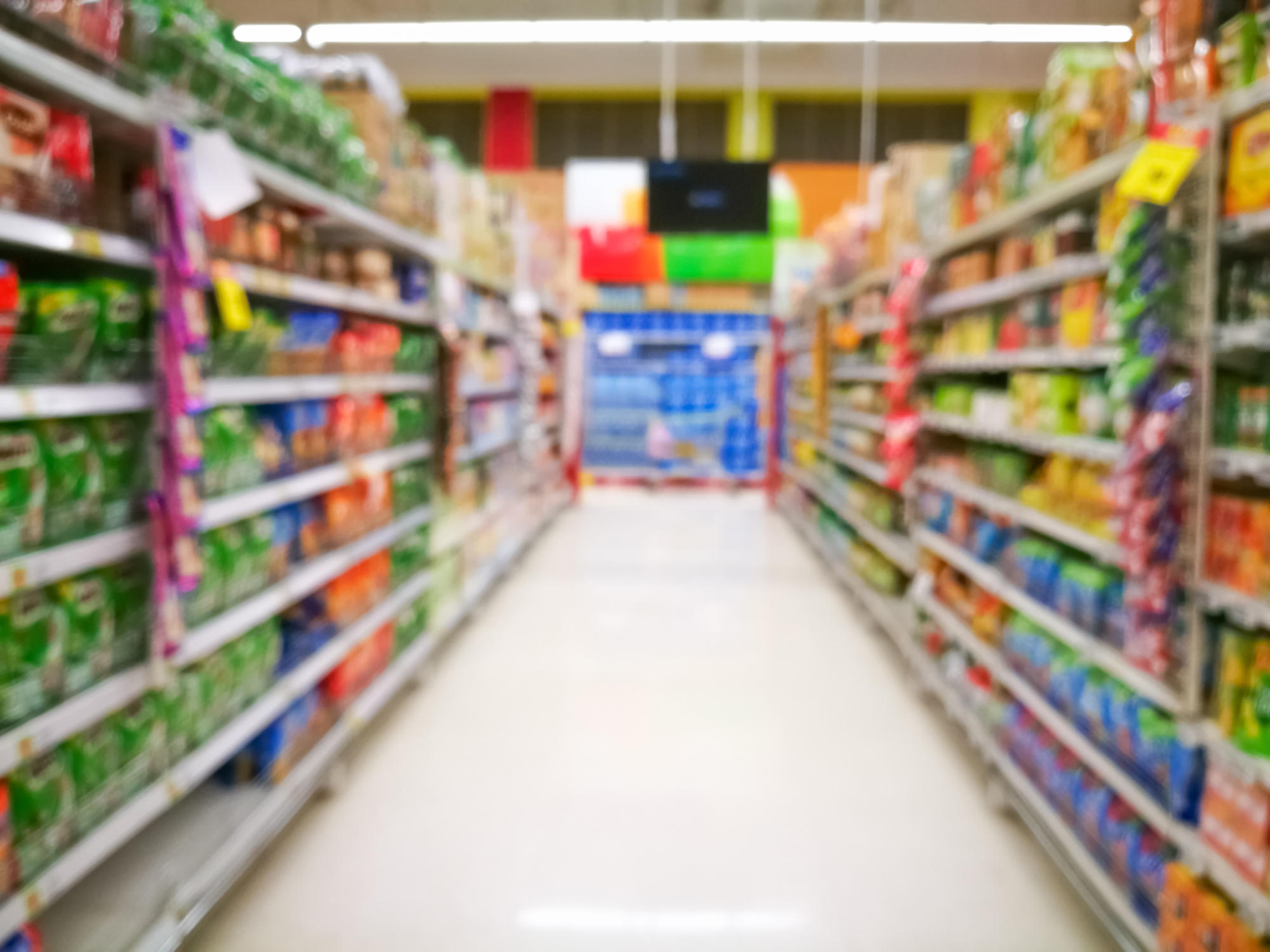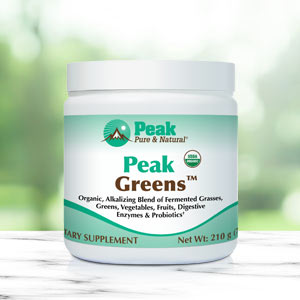Get Easy Health Digest™ in your inbox and don’t miss a thing when you subscribe today. Plus, get the free bonus report, Mother Nature’s Tips, Tricks and Remedies for Cholesterol, Blood Pressure & Blood Sugar as my way of saying welcome to the community!
Which processed food puts you at highest risk for cancer?

Chances are you’re already familiar with the health risks of eating too much processed food, like cereals, snacks and quick fix meals that are loaded with fats and sugar. They’re a surefire way to develop metabolic syndrome, a cluster of health conditions that includes hypertension, diabetes and heart disease. Now you can add cancer into the mix…
But it’s not just the sugar and fat that you need to be concerned about. No, the enemy is even more sneaky than that.
If you read your product labels (which we hope you do), things like ‘sucrose,’ ‘fructose’ and ‘hydrogenated fat’ are fairly easy to identify. But what about all the other ingredients… the ones we can barely pronounce that are lurking in those bags and boxes of fake food lining the supermarket shelves?
It’s really gotten out of hand. So much so, that the United Nations has added a frightening term to the dictionary of fake food. It’s a term you’ll want to get to know, so you can eliminate it from your diet completely…
Separating healthy from unhealthy
All foods sold commercially are processed to a degree. Even picking, washing and bagging apples, qualifies as food processing.
But some products you find at the grocery store undergo processing to the extreme — and that’s where the term ultra-processed comes in…
In order to better understand food processing to know which foods contribute to health and well-being — and which are downright unhealthy — the United Nations applies the NOVA system of food classification, developed at the University of Sao Paolo in Brazil.
The NOVA system separates foods into four groups:
- Unprocessed or minimally processed. This group includes dried, freeze-dried, roasted or boiled food in its original state. Preparation can include removal of inedible parts, fermentation, and other non-chemical changes.
- Processed culinary ingredients. Examples of this are sugar from beets or cane, salt from sea water, oils from crushed olives, and maple syrup from trees.
- Processed foods. Canned fruit in sugar, salt-added canned vegetables, smoked meats, and salted or sugared nuts fall into this category.
- Ultra-processed foods. These are foods that go through so much processing, they bear little resemblance to real food. They’re the ones with strings of unrecognizable ingredients on the label. They include cereals, chicken nuggets, frozen pizzas, soda, chips, sweet or salty snacks, packaged baked goods, microwaveable frozen meals and instant soups and sauces.
Even worse than processed food
French researcher Mathilde Touvier suspected there was a strong link between eating ultra-processed food and cancer risk. She used the NOVA system in a cohort study that confirmed her suspicions.
The study looked at almost 150,000 French adults and their eating habits. From May 2009 to January 2017, the study followed volunteer subjects who completed dietary records every six months.
When food intake was classified using the NOVA system, Touvier saw startling results: a 10% increase in the proportion of ultra-processed foods in a person’s diet was correlated with a 12% higher risk of cancer.
In particular, eating processed food regularly, especially sugary foods, was linked to an 11% increase in the odds of getting breast cancer.
Based on analysis, the increased cancer risk seems to be driven by food additives, rather than by fat, carbohydrate or sugar consumption.
And not all processed foods appeared equally harmful. According to the research, drinks, sugary products, fats and sauces were most strongly associated with greater cancer risk.
How to avoid ultra-processed food
Let’s be clear about something: ultra-processed foods are made to be tasty. They’re full of stuff that kills you, but makes you want more of them. Kicking the habit will take some planning.
But there’s no better time than now to get started. The United Nations has declared the years 2016-2025 as the Decade of Nutrition. Here’s how you can participate and develop lasting changes to your diet…
- Start slowly. If you eat a lot of highly processed foods, try substituting one or two things per day. Fruit for chips. Carrots and dip for cookies. Go for small wins.
- Drink more water. This is important for so many reasons! Not only will it fill you up and make you less likely to eat snacks, it will keep you hydrated and start flushing some of the toxins from your system.
- Choose whole grains. Instead of white rice, try brown. Whole wheat bread is a hearty, tasty substitute for white.
- Limit or avoid processed meats. Bacon, ham, hot dogs and sausage are highly processed, and contain nitrites that are associated with allergic reactions, digestive disturbances and respiratory problems.
- Try homemade. Granola, salad dressing, even potato chips made in your own kitchen are often more delicious than those loaded with chemicals.
- If you can’t pronounce it, don’t eat it. This one is pretty simple. If you don’t know what an ingredient is, it’s not something you should be eating.
- Plan ahead. When you start your clean eating effort, you may find you’re still reaching for the tasty, unhealthy snacks, especially when you’re in a hurry.
Take a weekend or a day to stock up on healthy quick snacks: cut veggies and hummus, fruit, yogurt, homemade chips or granola.
Editor’s note: Discover how to live a cancer prevention lifestyle — using foods, vitamins, minerals and herbs — as well as little-known therapies allowed in other countries but denied to you by American mainstream medicine. Click here to discover Surviving Cancer! A Comprehensive Guide to Understanding the Causes, Treatments and Big Business Behind Medicine’s Most Frightening Diagnosis!
Sources:













